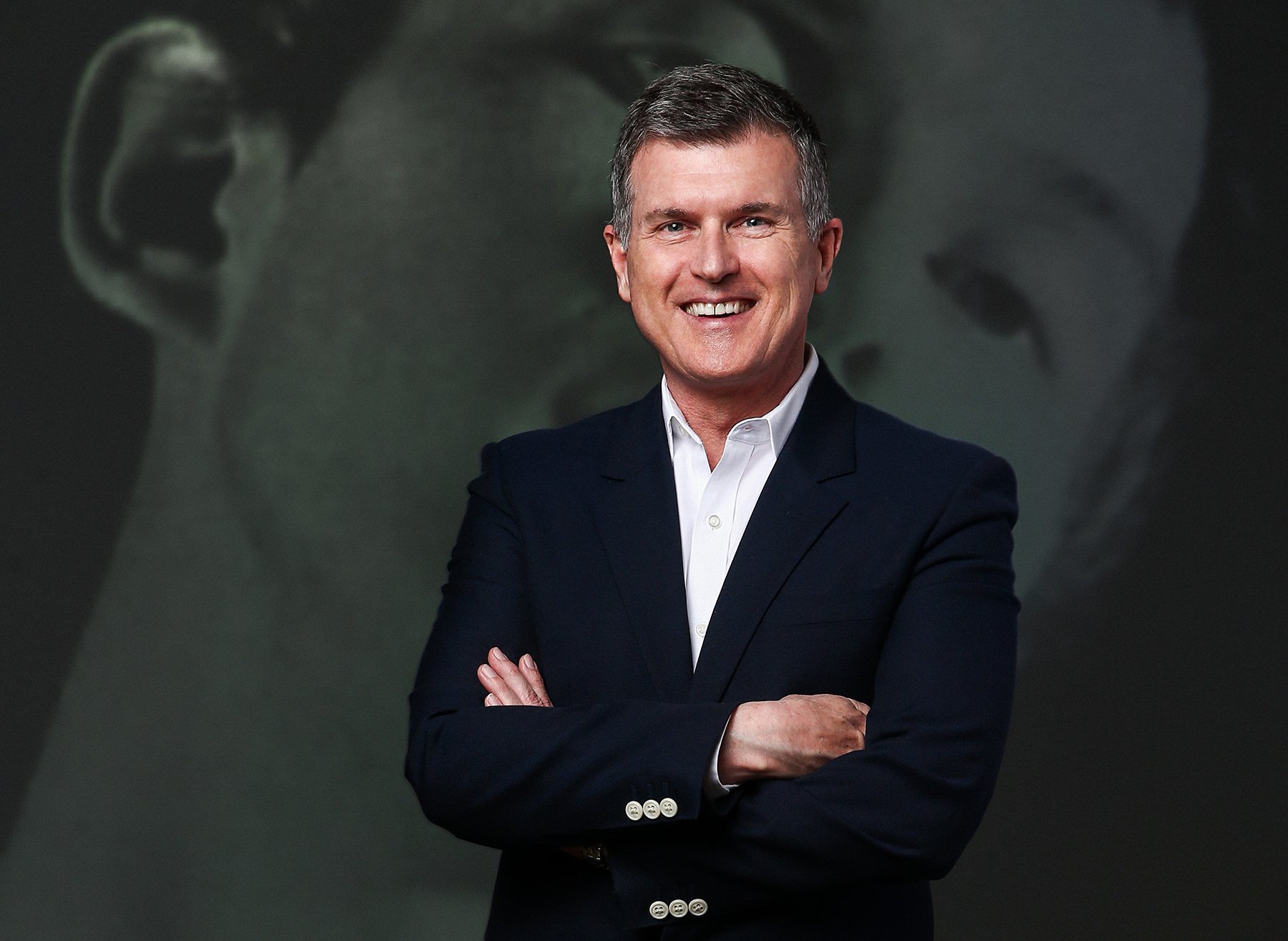
Patrick Moore, director of the Andy Warhol Museum, will resign on May 31, throwing into question the future of his controversial proposal to open a new $60 million Pop District in Pittsburgh, Pennsylvania, where the museum is located. The 10-year initiative was announced by Moore in 2022 but it swiftly drew criticism from the museum’s own employees.
Moore joined the institution in 2011 and became its director in 2017. Following a sabbatical spent in Spain last year, he says he now plans to move country permanently with his husband, who is Spanish. He is staying on in his role just long enough to see the opening of his KAWS + Warhol exhibition, opening the weekend of May 17.
“My 13 years at The Warhol have been the most formative of my life, and I’m so grateful for having been given this opportunity,” Moore said in a statement.
The museum’s CEO Steven Knapp said Moore’s initiatives, among them the Pop District, “significantly advanced the reputation and impact of Carnegie Museums as a whole.”
The Pop District is an initiative to convert a six-block section of the museum’s surrounding neighborhood on Pittsburgh’s North Shore into a cultural hub with a new $45 million live events venue and a program of music, performances, and public arts. Additionally, the new Warhol Academy would teach business skills and Warhol Creative would support young people in developing digital content creation skills and connect them with clients.
Moore described the project as “an example of how creative communities throughout the country can be activated to boost and sustain a local economy through focusing on opportunities and experiences for young people.”
By late 2023, the ambitious plans appeared to have alienated multiple long-serving, high-ranking directors at the museum, who all quit in quick succession, according to a report by WESA, a local radio news station. The exodus included: Keny Marshall, director of exhibitions; Karen Lautanen, senior director of external affairs; and director of learning and public engagement Danielle Linzer. Two chief curators left within six months: José Carlos Diaz in June 2022 and Jessica Beck in October that same year. The latter was not replaced for eight months.
Several of these ex-employees claimed that the project posed a threat to the museum’s core mission of promoting Warhol’s legacy in his home city.
“It felt like there was a lack of care and investment in the day-to-day operations of the museum,” said one disgruntled former employee. “I think that became a kind of secondary concern.”
“The amount of output that we would do that focused on doing original research into Warhol and kind of showing new connections, I think if you were savvy enough you could see that take a nosedive,” another ex-staffer said. Others claimed that the quality of exhibitions had declined since the beginning of Moore’s tenure in 2017.
Moore said he intentionally cut back on the museum’s programming. “I think there were too many exhibitions here,” he told WESA in April 2023.
As for allegations that he had neglected the museum’s core mission, Moore refuted these claims and told WESA at the end of last year: “The traditional mission of the museum is to provide opportunities for our community.”
An exhibition of Warhol’s work in Saudi Arabia was also highly criticized during Moore’s tenure. The Pittsburgh Independent reported in 2022 that Moore and the Warhol Museum failed to disclose that the institution had received a fee for lending artworks to the AlUla arts center. Last year, an op-ed in Hyperallergic claimed that the show “may well validate an authoritarian regime whose official policies and practices, especially those concerning sexual freedoms, are abhorrent” while another writer for the publication said the exhibition helped to “artwash” the country’s notorious bad human rights record.
The Carnegie Museums will soon begin recruiting Moore’s replacement, but in the meantime the museum’s deputy director Rachel Baron-Horn will serve as interim director.